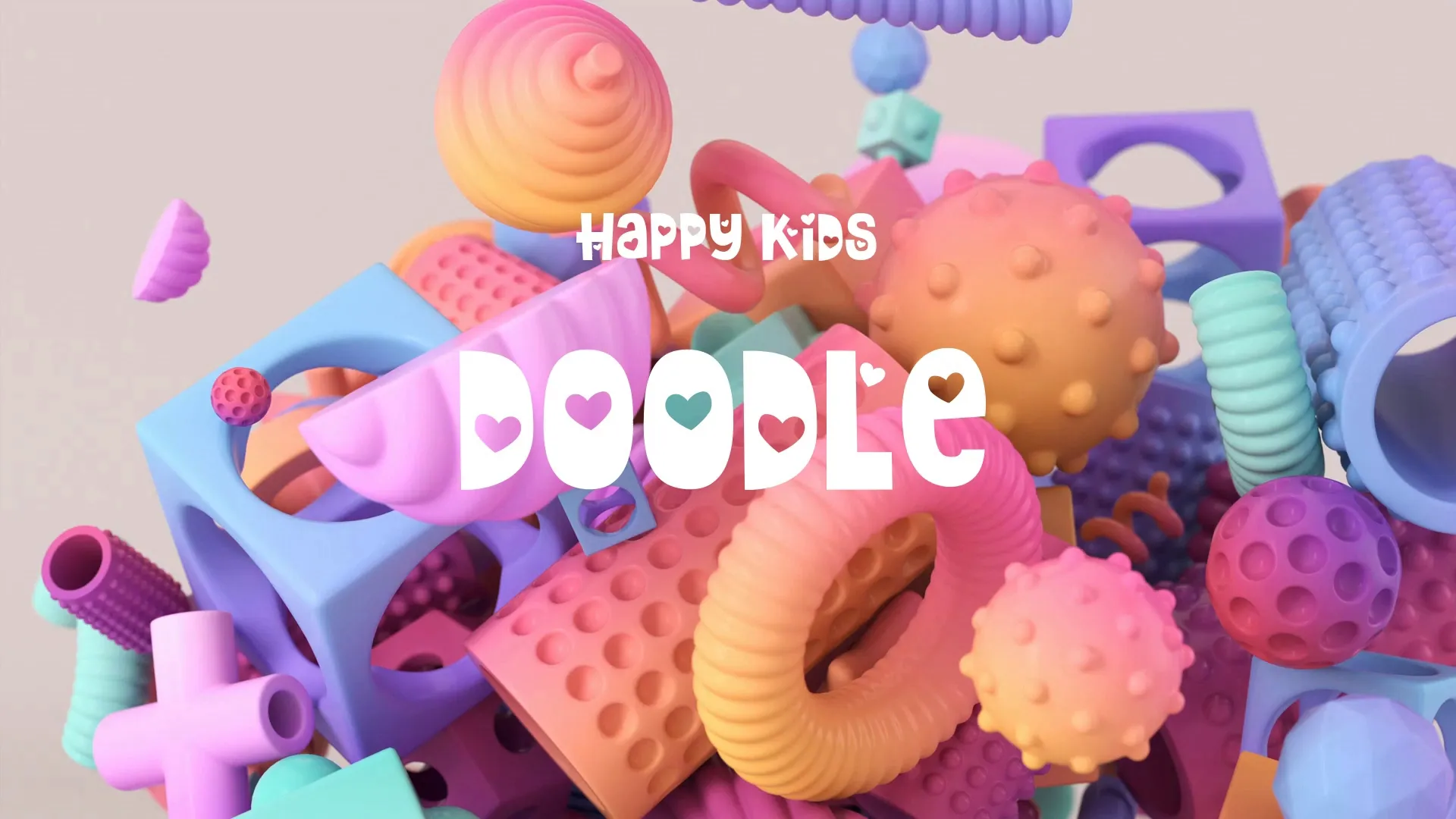Wishlist to Sales: Financial Planning & Monetization Models for Indie Games
Wishlist to Sales: Financial Planning & Monetization Models for Indie Games
Turning wishlists into actual sales is a critical challenge for indie game developers. Effective financial planning and a robust monetization strategy are essential for long-term sustainability. This guide explores how to convert player interest into revenue and secure your game’s financial future.
Understanding Wishlist Conversion Rates
A wishlist represents potential interest, not guaranteed income. The wishlist to sales conversion rate game metric is the percentage of wishlists that translate into purchases upon release or during sales events. This rate varies significantly, typically ranging from 0.05% to 15% or higher depending on factors like marketing, genre, and platform visibility.
Factors like genre, marketing effectiveness, and price point heavily influence your conversion rate. A strong launch discount can also significantly boost initial conversions.
Forecasting Sales from Wishlists
Accurate financial planning for game developers begins with reliable sales forecasts. Start by establishing a baseline conversion rate from comparable indie titles in your genre. Multiply your current wishlist count by this estimated conversion rate to project your initial sales units.
Refine this estimate by considering your marketing spend, community engagement, and planned launch activities. Wayline’s Forecast tool can help you estimate revenue, taxes, and potential profits based on your wishlist counts and pricing strategy.
Optimizing Wishlist Growth and Engagement
Actively grow your wishlist count through consistent marketing and community building. Engage with your audience on social media, share development updates, and participate in online events. Maintain player interest by regularly communicating your game’s progress and unique selling points.
Consider running limited-time demos or beta tests to generate buzz and gather early wishlists. Steam Next Fest and similar events are invaluable for visibility and wishlist generation.
Diverse Indie Game Monetization Models
Beyond a one-time purchase, several indie game monetization models can secure sustainable revenue. These models offer flexibility and cater to different game types and player preferences.
Premium (Upfront Purchase)
This is the most common model, where players buy the game once. Success relies on strong initial sales driven by marketing and positive reviews. Ensure your pricing aligns with perceived value and market expectations.
Downloadable Content (DLC) & Expansions
Offer additional content post-launch to extend the game’s lifecycle and generate recurring revenue. DLC can include new levels, characters, cosmetics, or story expansions. Plan your DLC strategy early in development to integrate it seamlessly.
Seasonal Content & Battle Passes
Implement time-limited content updates or battle passes with cosmetic rewards. This model encourages player retention and ongoing engagement. It works best for games with a strong multiplayer component or persistent progression.
Subscription Models
For certain niche or service-based indie games, a monthly subscription can provide stable income. This is less common for typical indie titles but can work for games offering continuous new content or exclusive features.
Free-to-Play with Microtransactions
Offer your game for free and monetize through in-game purchases. Microtransactions can include cosmetics, convenience items, or progression boosters. This model requires careful design to avoid pay-to-win mechanics and maintain player satisfaction.
Create a free account, or log in.
Gain access to free articles, game development tools, and game assets.












.webp)







.webp)


